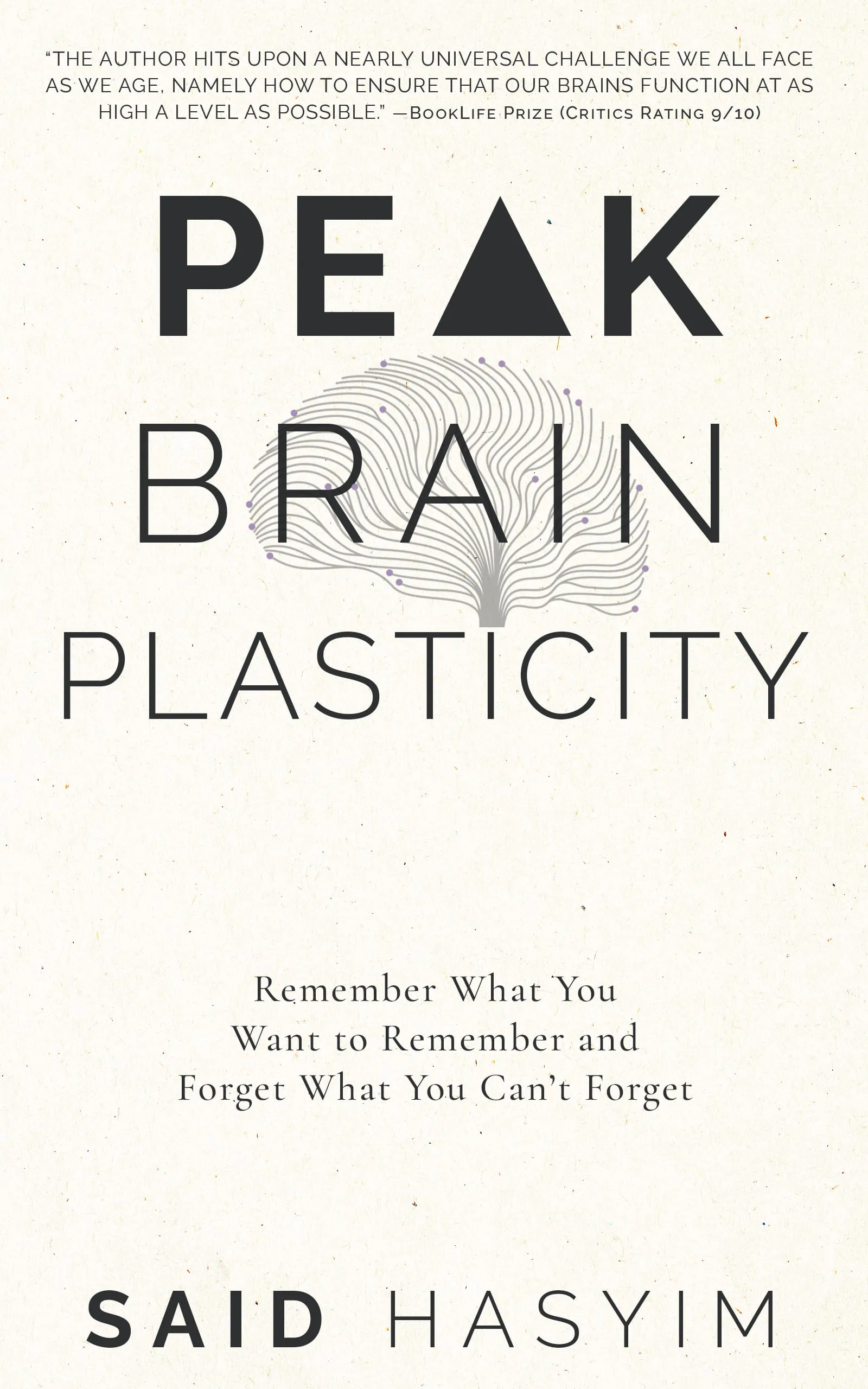Creating a Structured Learning Environment
In our fast-paced and constantly changing world, learning has become more important than ever. Whether you're a teacher, a parent, or someone looking to further your own education, creating a structured learning environment is essential to promote effective learning. This post will explore the critical components of a structured learning environment and provide practical tips for implementation.
Why a Structured Learning Environment?
A structured learning environment is vital for several reasons:
Consistency: It provides learners with a predictable setting, helping them to focus on the learning material rather than getting distracted by their surroundings.
Motivation: Structure can enhance motivation by setting clear expectations and providing a roadmap for progress.
Skill Development: A structured approach allows learners to develop skills in a logical sequence, facilitating meaningful learning experiences.
Assessment and Feedback: A structured environment allows for the effective assessment of progress and timely feedback, which can be instrumental in learning.
Key Components of a Structured Learning Environment
Creating an effective structured learning environment involves several essential elements:
1. Physical Space
The physical space should be arranged in a way that encourages engagement and reduces distractions. Consider the following:
Seating Arrangements: Arrange seating in a way that fosters collaboration, such as clusters or circles, rather than traditional rows.
Resources and Materials: Ensure that learning materials are organized and easily accessible. Use shelves, labeled bins, or digital folders to keep resources in order.
Quiet Areas: Include designated quiet areas for individual study or reflection. This can help reduce sensory overload and allow for focused work.
2. Clear Objectives
Setting clear, defined objectives is crucial. Here’s how to articulate them effectively:
SMART Goals: Make your objectives Specific, Measurable, Achievable, Relevant, and Time-bound. This clarity helps learners understand what is expected of them.
Visible Reminders: Display objectives prominently in the learning environment. This could be on a whiteboard, poster, or digital screen.
3. Routines and Procedures
Establishing consistent routines and procedures fosters a sense of stability and belonging. Here’s what to include:
Daily Structure: Have a consistent daily schedule that outlines activities, breaks, and transitions. This helps learners internalize the flow of the day.
Transition Procedures: Create clear guidelines for transitioning between activities to minimize downtime and keep learners engaged.
Behavior Expectations: Clearly outline behavioral expectations and consequences. This consistency helps create a respectful atmosphere conducive to learning.
4. Collaborative Learning
Promote collaborative learning as it is vital for developing social skills and enhancing understanding. Here are some ways to encourage collaboration:
Group Projects: Incorporate group tasks that require teamwork and accountability. Assign roles within groups to ensure that everyone participates effectively.
Peer Feedback: Encourage learners to give and receive feedback from one another. This not only deepens understanding but also fosters a sense of community.
5. Flexibility
While structure is essential, flexibility is equally important. A rigid environment can stifle creativity and adaptability. Consider the following:
Adopt a Growth Mindset: Encourage learners to view challenges as opportunities for growth. This prepares them for unexpected changes and setbacks in their learning journey.
Adjusting to Needs: Be willing to adjust routines and objectives based on ongoing assessments or shifting learner needs.
6. Assessment and Reflection
Regular assessment and opportunities for reflection are crucial for measuring progress and fostering self-awareness:
Frequent Check-ins: Use informal assessments, quizzes, or discussions to gauge understanding regularly.
Reflective Practices: Encourage learners to reflect on their learning experiences. Journals, discussions, or portfolios can provide valuable insights into their thought processes and progress.
7. Technology Integration
In a world shaped by technology, integrating it thoughtfully can enhance the structured environment:
Digital Tools: Utilize learning management systems, educational apps, or online forums to streamline material distribution and communication.
Multimedia Resources: Incorporate various media types—videos, podcasts, and interactive simulations—for diverse learning methodologies.
Final Thoughts
Creating a structured learning environment is a multifaceted process that requires careful consideration and implementation of various components. By focusing on clear objectives, consistent routines, and fostering collaboration while also allowing for flexibility and integrating technology, you can create an environment that promotes effective learning.
Above all, remember that every learner is unique, and a structured environment should cater to the diverse needs of all individuals. Invest the time and energy to create a supportive learning atmosphere, and the results will be rewarding—not just for learners, but for educators and facilitators as well.
By continuously reflecting, adapting, and striving for improvement, you can foster a space where everyone feels empowered to learn and grow. Happy learning!
Harness the Power of Neuroplasticity
Discover Peak Brain Plasticity, a practical book to harnessing neuroplasticity. Enhance your memory, learn new languages quickly, and alleviate anxiety with effective study methods. Uncover daily habits that impact cognitive health and explore techniques for accelerated learning and memory retention. Unlock your brain's potential for growth and transformation.
